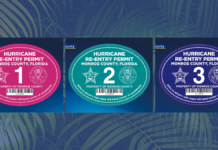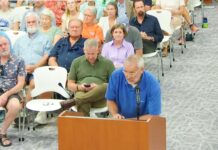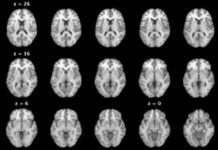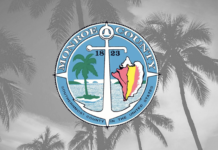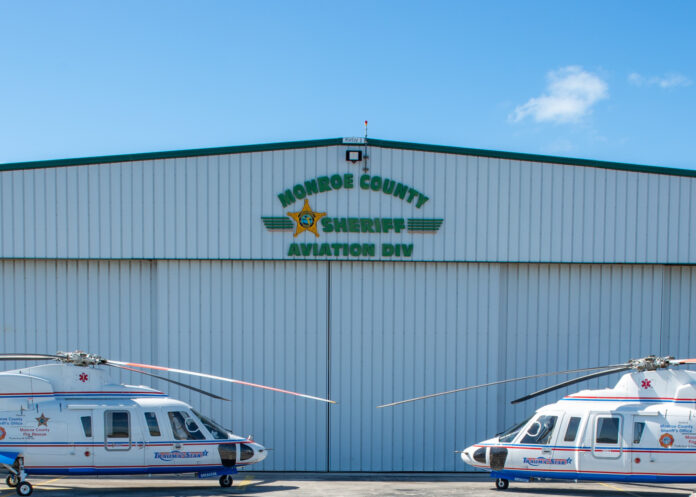
Speed, range and lift. That’s what three new air ambulances will provide to an area that averages close to 1,400 flights annually from the Keys to critical care facilities in Miami.
A county Trauma Star program, a partnership between the Monroe Board of County Commissioners, sheriff’s office and fire rescue, currently flies patients using three Sikorski S76s. The helicopters are over 20 years old, and with a 25-year life expectancy, Monroe county commissioners approved the purchase of the larger and more powerful Italian-made Leonardo AW139 helicopters during a March 22 meeting at the Murray Nelson Government Center in Key Largo.
Sheriff Rick Ramsay said the program won’t receive those helicopters — at a total price tag of $52 million — for another two years since they have to be built and outfitted. Pilots would also need training.
Ramsay described Monroe County Trauma Star as one of the more busy programs in the country. Average air medical programs across the U.S. only average 260 flights a year. Not only that, county residents who are air-flighted out of the county to a care facility in Miami aren’t balance billed, which is when a provider bills the difference between the provider’s charge and the allowed amount.
“This program is four flights a day and we’re saving lives each day,” Ramsay said. “We never thought this program would be flying in the black. … Public safety is never designed to make a profit, but we’re able to make a profit and still provide free service to citizens.”
Ramsay said Miami-Dade’s air ambulance program also utilizes the AW139 Leonardo. Flying at 190 mph, the helicopter would be able to get a patient from the Dry Tortugas to Miami without needing to stop and refuel. Ramsay said the program also needed a larger helicopter that could carry two adult patients on top of pilots, medical staff and equipment.
“It made our decision to go after this aircraft very limited after looking at the special needs in our area,” Ramsay said. “Most other areas are flying a single patient and a 10-minute flight. Ours are longer.”
Funding for the three new helicopters comes out of the infrastructure penny sales tax, which is paid by not only residents but tourists when buying items. The penny sales tax was extended via ballot referendum in November, according to the county. Monies help pay for fire station projects and buying air ambulances, to name a few.


